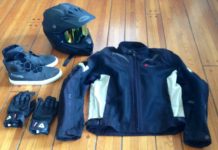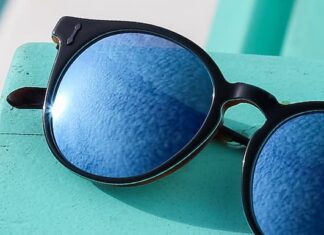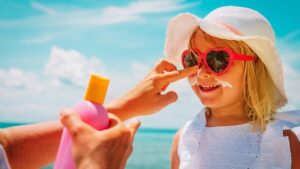
The never-ending summer fun is almost here, and since some of children’s favourite home water park games include splish-splashing in the pool, playing around the grass sprinklers, and simply digging in the sand, you don’t even have to go on a trip to make the most of the holidays. But to be able to enjoy all of this and not take away their fun, you should protect them from the sun. By taking the right precautions, you’ll help your little ones get their daily dose of vitamin D while letting them have the time of their lives.
The reason why you should protect children is not only because of the obvious sunburns but also because of eye damage, skin damage, and skin cancer. The ultraviolet radiation is quite strong and unfortunately harmful, and on top of that, it varies throughout the day, so making sure to protect the skin of your little ones is fundamental.
Generally speaking, UV radiation levels are the highest between 9 am and 4 pm depending on where you live in Australia and of the time of the year, of course. What you should keep in mind is that when the radiation is around or above 3, you should keep babies under 12 months out of the direct sun, while children over 12 months must be covered with the right protective layers.
Hats
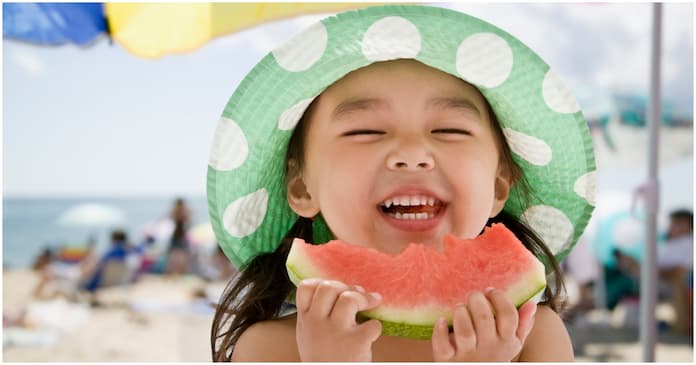
Hats are among the first clothing accessories you should stock on for the hot days. Coming in a range of types and styles, the purposeful kids hats offer the needed protection for the child’s face, ears and neck. Out of all options you can find, it’s the wide-brimmed and legionnaire’s styles that offer the most safety for these particular areas.
When it comes to choosing the ideal design for your baby, make sure to get a model made from a soft fabric that will allow your little one to lie down when needed without causing him trouble. It’s also recommended to choose a hat with a UPF (ultraviolet protection factor) rating of 50+ to give you the peace of mind.
What you need to know is that there is a difference between SPF and UPF. SPF is a rating used for sunscreen and cosmetic products while UPF is a rating that is used for clothing. In other words, UPF measures the amount of UVA and UVB radiation that can penetrate into clothing pieces and reach the skin. Just like SPF, a higher UPF means that the chosen clothing piece or accessory can offer better protection.
Since you’ll still have to apply sunscreen on your baby’s head, ears, and overall face, make sure to choose a hat that is made of organic and non-irritable material. Practice shows that options like cotton are a nice pick, especially those with UPF rating. Being extremely soft and gentle means they won’t cause any allergic reactions on your child’s skin even when in touch with the sunscreen and sweat. To be certain that the chosen baby hats are made of organic cotton, choose those that have the GOTS certified labels.
Sunscreen
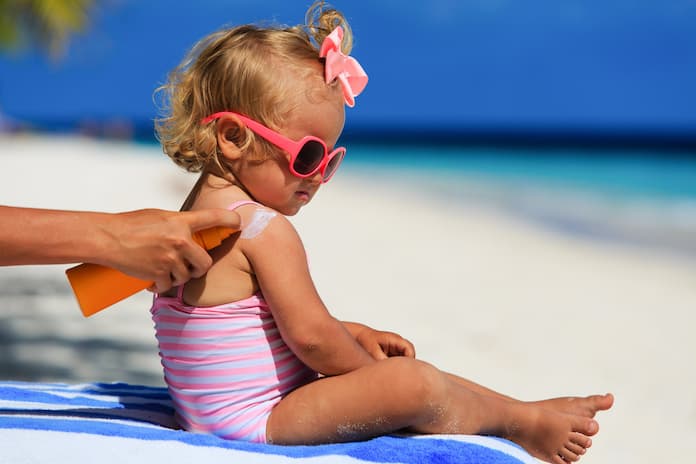
Applying sunscreen on your child’s face and body is paramount for protection from the harmful UV rays. When in the search for the right one, make sure to choose a natural sunscreen made of ingredients which are gentler on the skin. A quality natural sunscreen is ideal because it doesn’t irritate the children’s delicate skin.
When in the search of the right one, same as when shopping for the ideal kids hats it’s necessary to choose sunscreen coming from trusted brands and suppliers so you could be certain of the ingredients’ origin and certification. Additionally, make sure not to choose sunscreen that has SPF lower than 30. In fact, the higher the SPF, the better, so if possible, choose a product with 50 or more.
Another important thing to have in mind is to find one that’s water-resistant to rest assured it won’t disappear after the first dip in the pool. When applying, use plenty of it and cover all your child’s body areas – even the ears and toes.
The ideal time to apply sunscreen is at least 20 minutes before going out, so the skin could absorb it properly and create the needed protective layer. When out for a longer period of time, it’s recommended to apply the sunscreen every two hours, even if the manufacturer says otherwise. When it comes to children, you cannot take any chances and risk something so dangerous. You know what they say, better to be safe than sorry, right?!
Clothing and Sunglasses
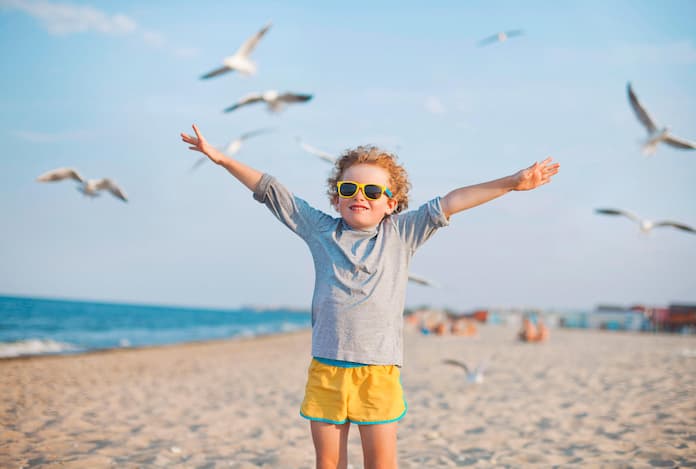
Although full-length clothing is the best way to hide from the sun (aside from wearing sunscreen), when the weather is too warm, your child should wear at least elbow-length sleeves and knee-length shorts. Much like with the functional and stylish kids cotton hats, this fabric is a nice choice here too, as are linen, and tightly woven options.
If you’re buying clothes for the pool, always make sure your child wears a swimsuit top for upper body protection when in the water. Usually, these tops are made of polyester because it shields while being able to dry out promptly. When swimming, children should always wear rash vests and wetsuits.
The last things to protect of your child’s body are the eyes. Except for creating a shade with the hat, it’s recommended to wear sunglasses to keep the eyes properly covered when coming in contact with direct sunlight. To get the most adequate pair, choose designs that are close-fitting and ones that meet the Australian Standard AS.NZA 1067:2016.











